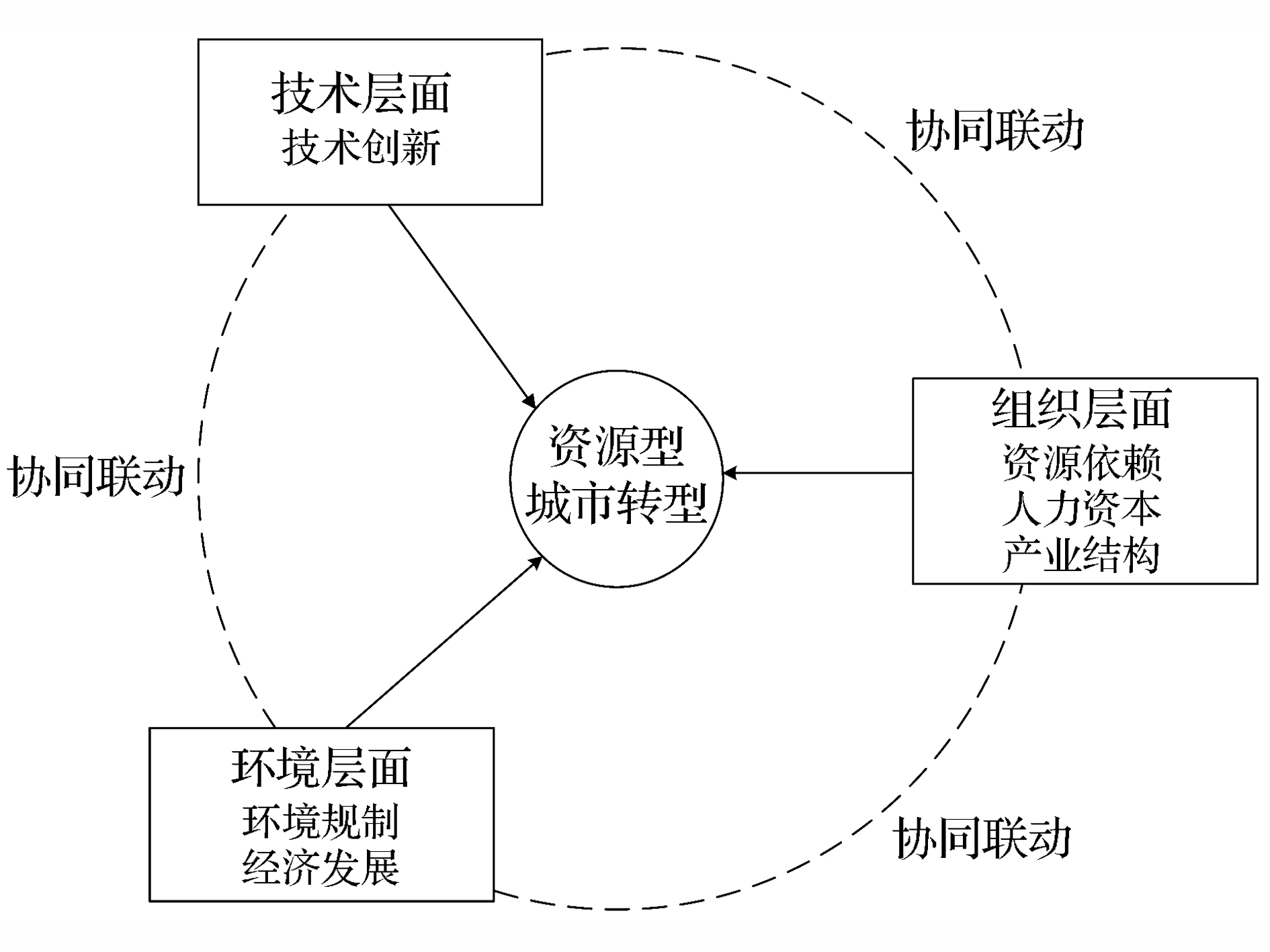 PDF(801 KB)
PDF(801 KB)


 PDF(801 KB)
PDF(801 KB)
 PDF(801 KB)
PDF(801 KB)
多要素驱动资源型城市转型的路径研究——基于TOE框架的fsQCA分析
 ({{custom_author.role_cn}}), {{javascript:window.custom_author_cn_index++;}}
({{custom_author.role_cn}}), {{javascript:window.custom_author_cn_index++;}}Research on the Path of Transformation of Resource-based Cities Driven by Multiple Factors:Analysis of fsQCA Based on TOE Framework
 ({{custom_author.role_en}}), {{javascript:window.custom_author_en_index++;}}
({{custom_author.role_en}}), {{javascript:window.custom_author_en_index++;}}
| {{custom_ref.label}} |
{{custom_citation.content}}
{{custom_citation.annotation}}
|
/
| 〈 |
|
〉 |